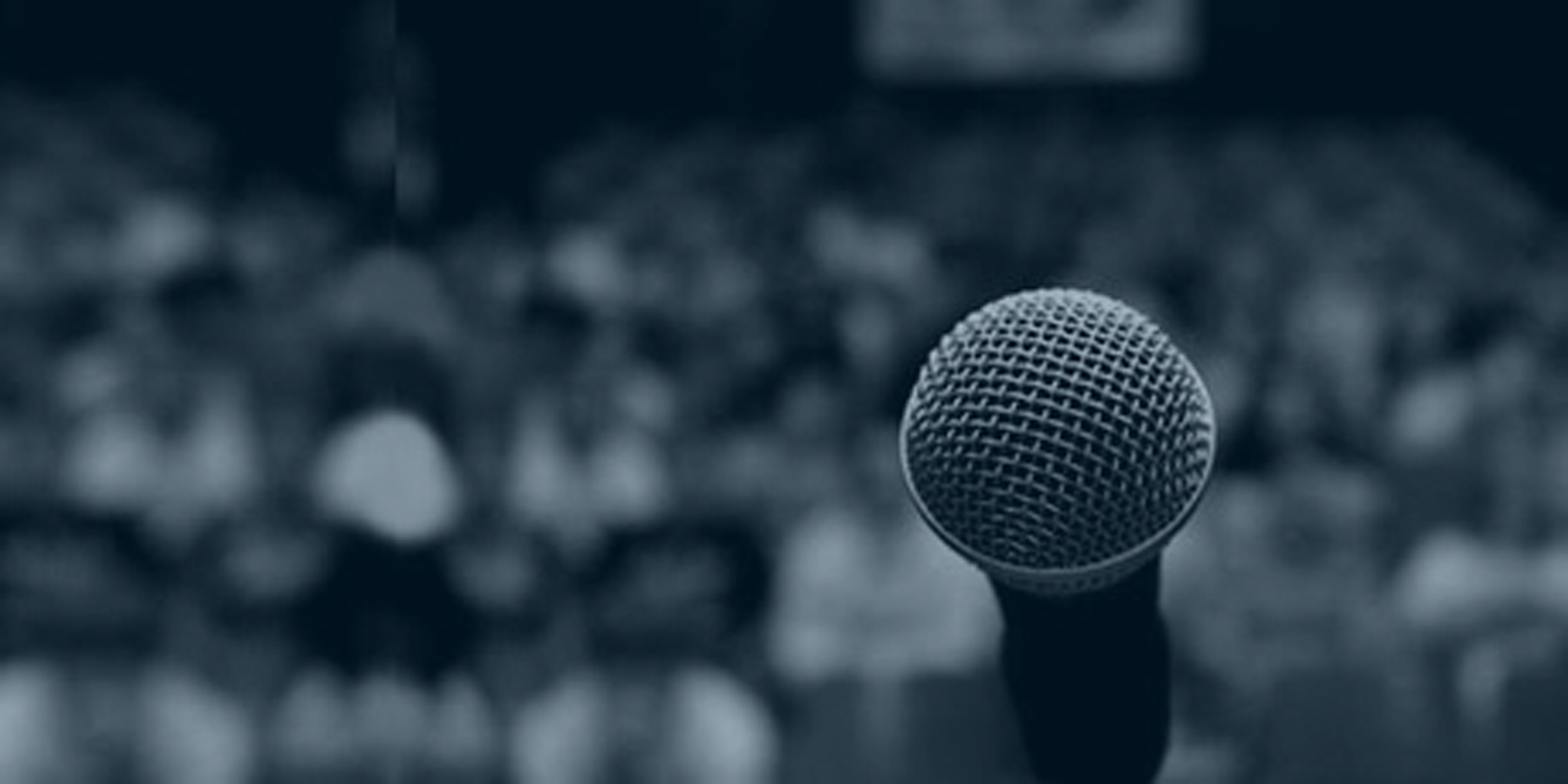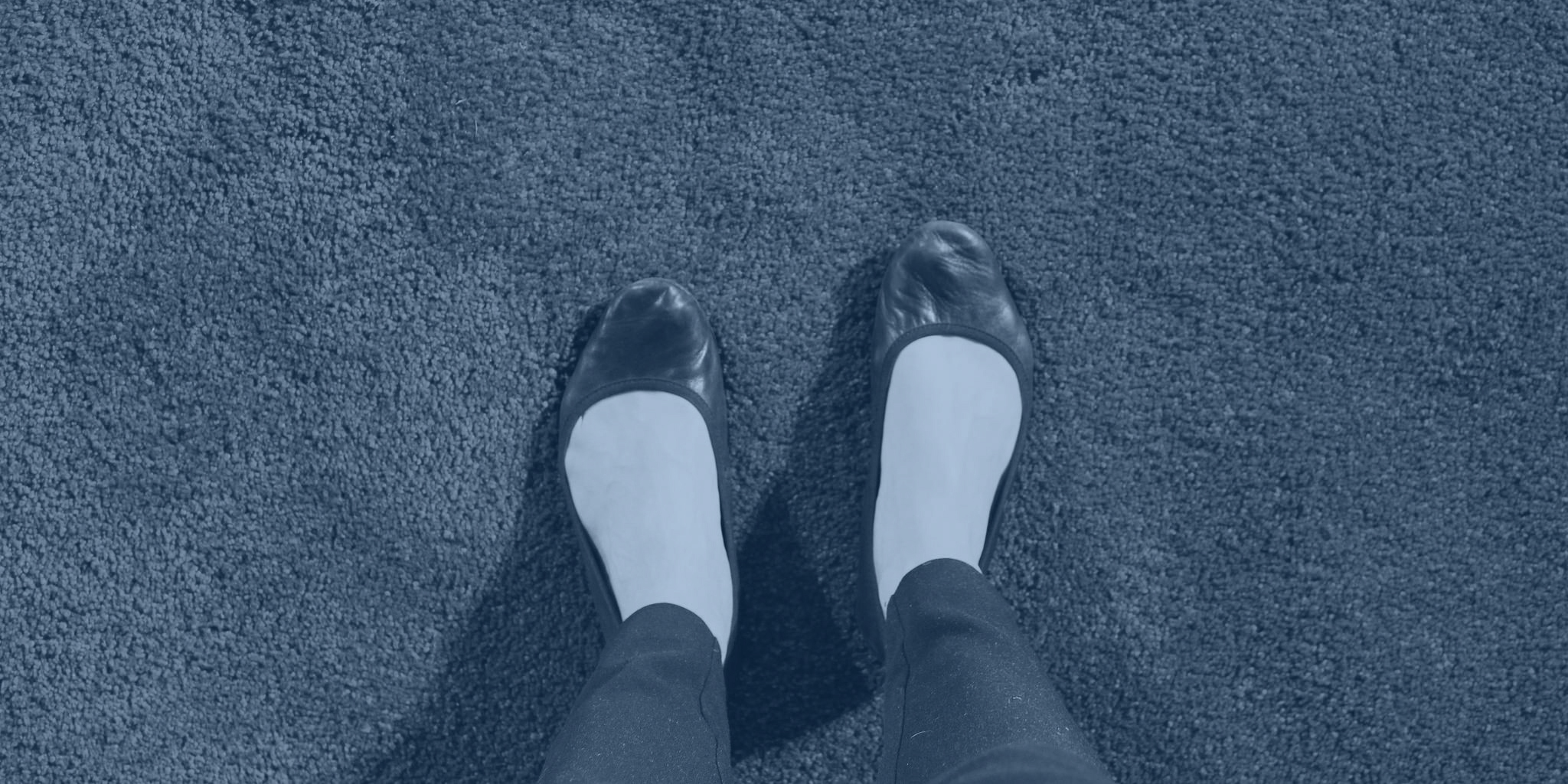In two recent articles, I marvelled with pride and even some surprise at the inspiring quality of speeches by Irish Taoiseach Leo Varadkar on the coronavirus, given on St. Patrick’s Day and Good Friday. But how have other leaders around the world delivered addresses to their people about the pandemic? Such speeches have required crisis communication with the necessary accuracy, empathy and inspiration to help populations to feel reassured, resolved and ready to face the tough days ahead. No easy task.
As you may know, I love how the Tools of Theatre can help make presentations more engaging, inspiring and powerful. One of the oldest tools for great oratory is Aristotle’s set of three key elements for an effective speech — ethos, pathos and logos.
Now, c’mon, you might say, that’s some guy in ancient Greece — how can he help me give my crisis speech to shareholders in a 21st century tech company?
Well, actually, his maxims are powerfully effective in the modern world, as we can see in these examples of how three global leaders utilized Aristotle’s three keys in their crucial addresses on the pandemic crisis: Queen Elizabeth, Boris Johnson and Angela Merkel.
Queen Elizabeth II: ethos and the power of pride
The Queen’s rarity of public addresses (this was only the 6th such non-Christmas speech to the nation in her many decades of rule) and her natural dignity means she would always have the attention of the British public, and around the world. She straight away has what Aristotle deemed one of three key elements in having an impactful speech: ethos or inherent trust and credibility with her audience.
So what she says has weight and how she uses that influence really matters.
The key thing in this speech is how the Queen utilizes that status to push on the British people’s pride in their history and identity, to take the hard actions, and do the right thing.
She states her hope that
“ … in the years to come everyone will be able to take pride in how they responded to this challenge. And those who come after us will say the Britons of this generation were as strong as any. That the attributes of self-discipline, of quiet good-humoured resolve and of fellow-feeling still characterise this country. The pride in who we are is not a part of our past, it defines our present and our future.”
She then recalls her own first public broadcast, when as World War II was growing in intensity for Britain, she spoke to the children being evacuated to the countryside, and being separated from their parents for who knew how long.
“It reminds me of the very first broadcast I made, in 1940, helped by my sister. We, as children, spoke from here at Windsor to children who had been evacuated from their homes and sent away for their own safety. Today, once again, many will feel a painful sense of separation from their loved ones. But now, as then, we know, deep down, that it is the right thing to do.”
What she is doing here? She is drawing on the hugely powerful resonance of the spirit shown by the British people in the Second World War, their resolve during the Blitz, their dedication, bravery and sacrifice that led to the UK resisting the Axis forces when doom was in the air and bombs landing, to turn it around, and win the war. For most British people, they have Agincourt, Waterloo and the 1966 World Cup, but ultimately what most would quickest identity as their greatest generation, the most shining moment in recent memory, would be World War II. (A war in which Elizabeth’s own father showed the transformative power of a speech to the British people, as dramatised in The King’s Speech.)
To fail the Queen, to fail to live up to the memory of the WWII generation – that is an unacceptable thought, to fortify the efforts of British people. And so the Queen uses her personal ethos, her story from 1940 of another public address, and her expectations that her subjects will make her proud, to give force to her call to action.
You can see why many people in the UK felt it was the example of inspiring leadership they’d been missing – and longing for.
You can watch the Queen’s speech here
UK Prime Minister Boris Johnson: pathos and the impact of a personal, vulnerable story
Boris Johnson would probably have been rated at the low end of the league table for Covid-19 public appearances, with his statements lacking the clarity, accuracy and empathy key to effective crisis communication, and leading to much confusion, impatience and distrust in his population.
But in his Easter Sunday update to the British public, clearly something had changed. That change was that Boris had encountered the virus personally, and had been highly sick with it, spending a number of nights in intensive care.
From a man who had been accused of selling the NHS to American investors only weeks before, suddenly Boris became its passionate champion.
And how did he express this? Through a personal story.
In his first line, on screen still looking pale and clearly shaken, he states that “the NHS has saved my life, no question”. That clearly gets our wowed attention. Boris then spoke of how he had “seen personal courage” from a range of NHS staff as he was treated. And he comes to describe specifically how two nurses had stayed by his bedside and made crucial interventions when “things could have gone either way,” and went on to name them, and not only that, where they were from: Jenny from New Zealand and Luis from Portugal.
It was powerful to see the relentless champion of “getting Brexit done” in debt to these heroes not born in the UK.
This was vulnerable from Boris. Humble. And passionate.
To be honest, if we wrote this in a movie (Prime Minister slow to act, talking about herd immunity strategies, suddenly catches the virus and is on death’s door until saved by the very people he is kicking out of his country) you’d say it was too much, hackneyed, cliché. But truthful stories are often stranger than fiction. And more powerful.
Because stories are how we connect emotionally. They are the illustration of the idea we are pushing, and give it physical form that we can picture. After we heard Boris’s story, it made complete sense for him to make his vigorous key point, that the public needed to “protect our NHS,” that progress was being made because “the British public formed a human shield around this country’s greatest national asset – our NHS,” and the nation would succeed, “powered by love.” This intensity of feeling, after hearing his story of his own personal debt to the NHS, feels honest and authentic. And that makes a call to action feel integrous.
This is an example of the second element Aristotle felt was necessary in a successful speech: pathos, or emotional connection and empathy.
This speech also goes to show it’s never too late to change tack in a campaign and find the true message that will really engage your people …
You can watch Boris Johnson’s speech here
German Chancellor Angela Merkel: logos and the value of stating the complex conflict up-front
Angela Merkel on March 18th delivered a sterling speech to her public – clear, calm, with tones that moved elegantly from strong leader to pained individual to soothing maternal figure. As someone who rarely addresses the German public in this way, it had special power. And she does many things very effectively in her text.
She, like the Queen, draws on the memory of World War II
“Since German unification—no, since the Second World War—there has been no challenge to our nation that has demanded such a degree of common and united action.”
And she movingly pushes past her own natural, Germanic stoicism, to stress that action must be taken because these deaths are not just statistics, but each one is a living breathing person.
“Each is a father or grandfather, a mother or grandmother, a partner … It’s people … and we are a community in which every life and every person counts … Nobody is expendable.”
But what actually seems most impactful in the speech to me is how she sets up two powerful ideas in opposition, how she states the conflict inherent in what she is asking, and puts it out front and centre.
That is, the clash between what she calls “open democracy” – freedom of movement, choice, action – and a need for restrictions to protect people.
For her, giving up such freedoms is painful and personal:
“For someone like myself, for whom freedom of travel and movement were hard-won rights, such restrictions can only be justified when they are absolutely necessary … In a democracy, they should not be enacted lightly—and only ever temporarily. But at the moment they are essential in order to save lives.”
She wants to share what the government is doing, because the very idea of open democracy to her is that her actions should be transparent and explained – even if they seem to be limiting the very freedoms also inherent in that idea.
She acknowledges they are
“restrictions that have never before existed in the republic”
But they are being done only as utterly necessary and to save the afore-mentioned lives. So she asks people to buy into it, to take the requested actions
“not by being forced, but by collaboration.”
In this, Ms. Merkel is an example of the third element in Aristotle’s effective speech-making: logos, or logic and reasoned argument.
I think the key takeaway here is, if there is a strong force against your idea, something your audience feels they are loathe to give up, an ideal or an identifier that feels endangered by change, state it. Like a good lawyer, share both sides of the argument. You can admit, part of what you are asking is hard or scary. Don’t hide it and wait for a probing question in the shadows afterwards. Be up-front about the challenges, believe in your one big idea – and know then if you do that well, we are only more likely to buy into your proposal.
You can watch Chancellor’s Merkel’s March 18th address here
So for your next speech, stop and ask yourself: Do I have the credibility to ask my audience for this? Am I empathizing with their emotional state? Is my argument complete and logical, even if that means admitting flaws?
And when that test improves your presentation, just thank ol’ Aristotle…
***



Share
Tweet
Email
Comment